Chief of Staff Gen. David Allvin also did not explicitly say the Air Force would build its Next Generation Air Dominance fighter amid tight budgets.
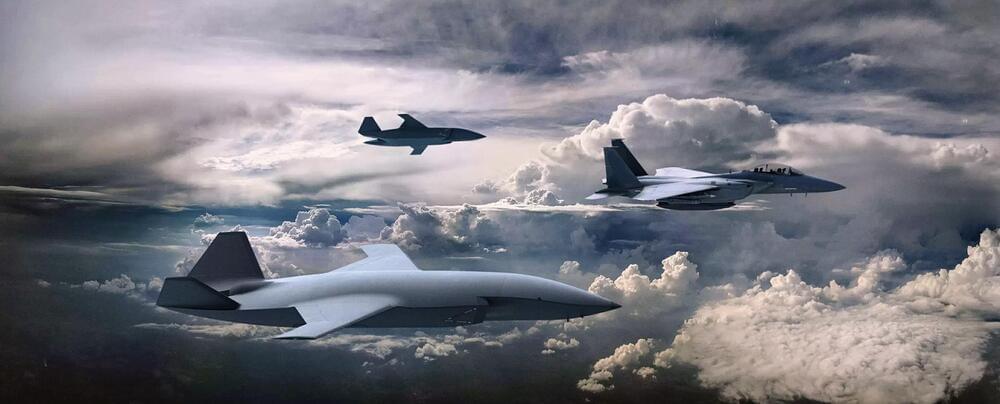

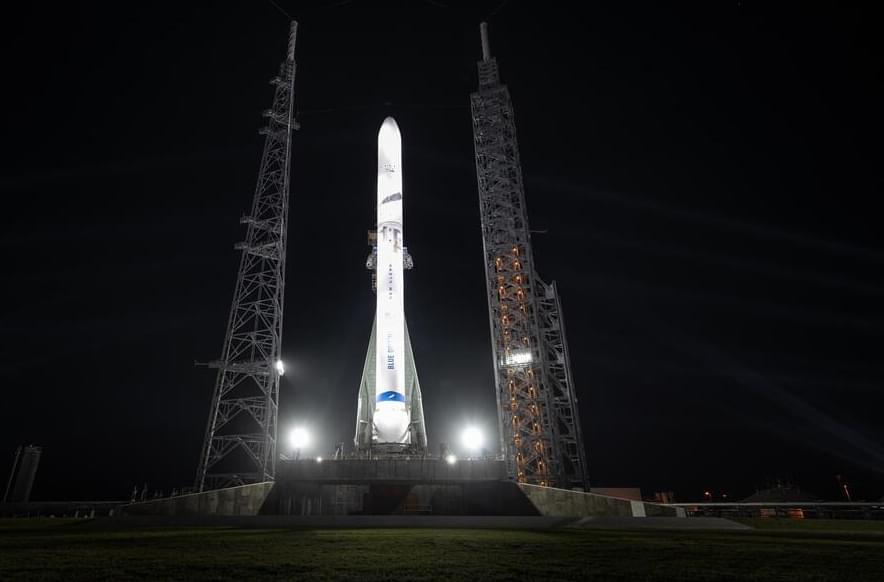
Join our newsletter to get the latest military space news every Tuesday by veteran defense journalist Sandra Erwin.
The three companies will compete for orders over the contract period starting in fiscal year 2025 through 2029. Under the NSSL program, the Space Force orders individual launch missions up to two years in advance. At least 30 NSSL Lane 1 missions are expected to be competed over the five years.
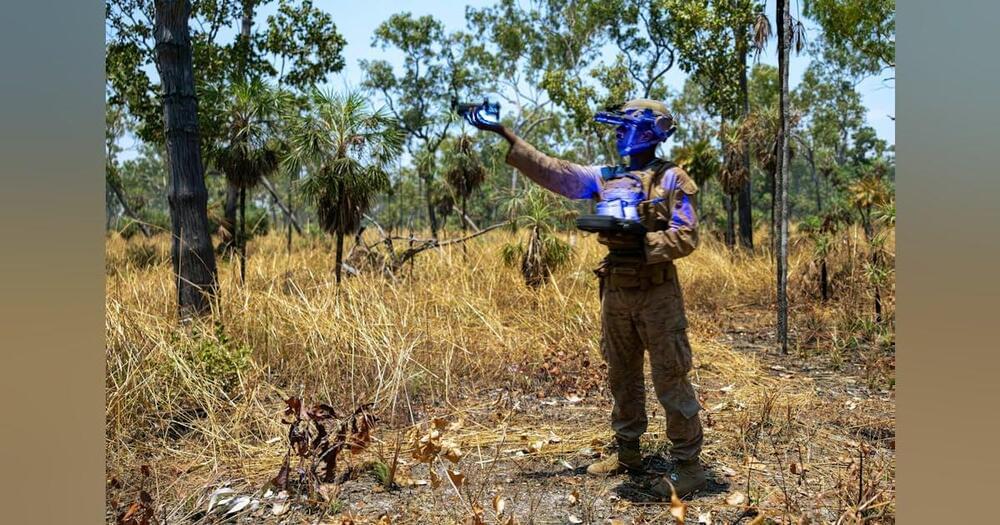
Officials of the U.S. Defense Advanced Research Projects Agency (DARPA) in Arlington, Va., issued a broad agency announcement (HR001124S0029) for the Artificial Intelligence Quantified (AIQ) project.
AIQ seeks to find ways of assessing and understanding the capabilities of AI to enable mathematical guarantees on performance. Successful use of military AI requires ensuring safe and responsible operation of autonomous and semi-autonomous technologies.
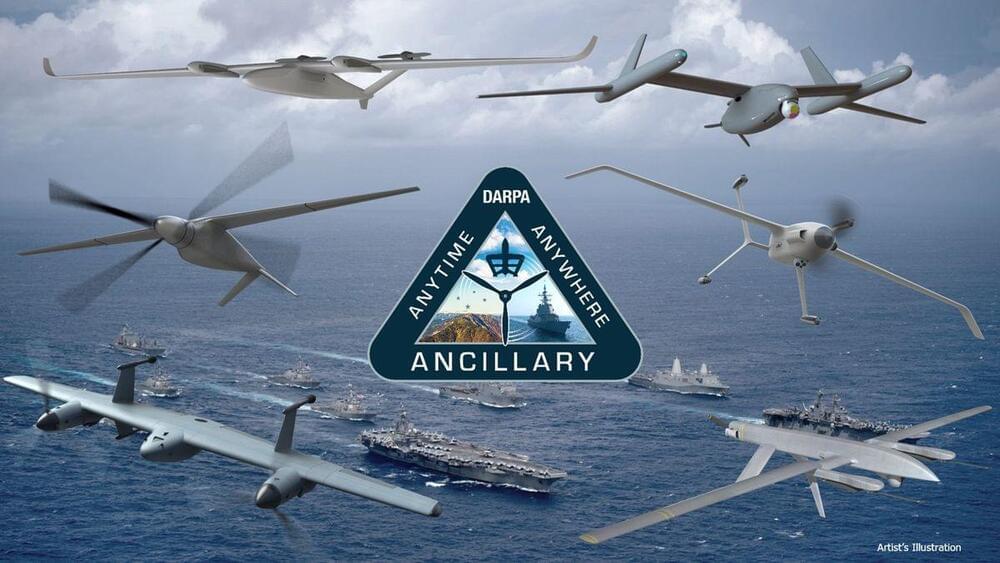
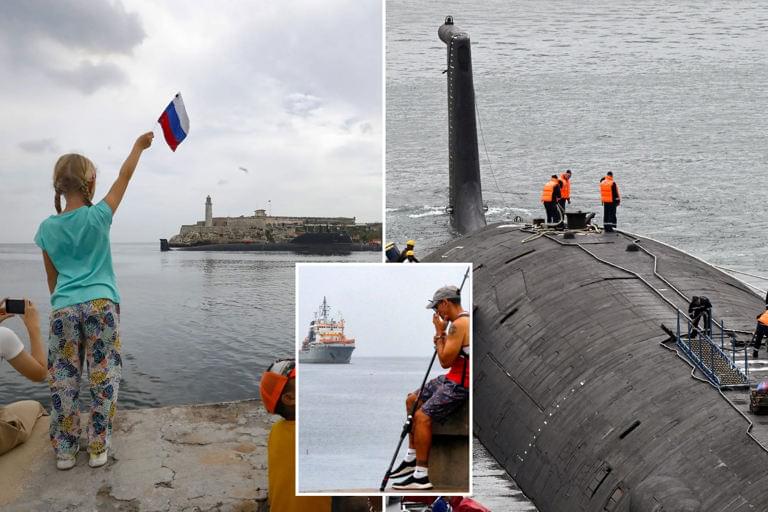
Four Russian warships including a nuclear submarine have reached Cuba, just 200 miles off the coast of Florida, ahead of a planned military exercise in the Atlantic. The fleet — made up of a frigate, a nuclear-powered submarine, an oil tanker and a rescue tug — arrived in Havana Bay on Wednesday, welcomed by a 21-cannon salute from Cuba. Dramatic images from the arrival show the ominous and massive vessels entering the bay as Cubans lined up on…

In a study appearing in Nature, an international team of researchers led by the Max Planck Institute for Evolutionary Anthropology in Leipzig, Germany, reconstructed the evolutionary history and global spread of malaria over the past 5,500 years, identifying trade, warfare, and colonialism as major catalysts for its dispersal.

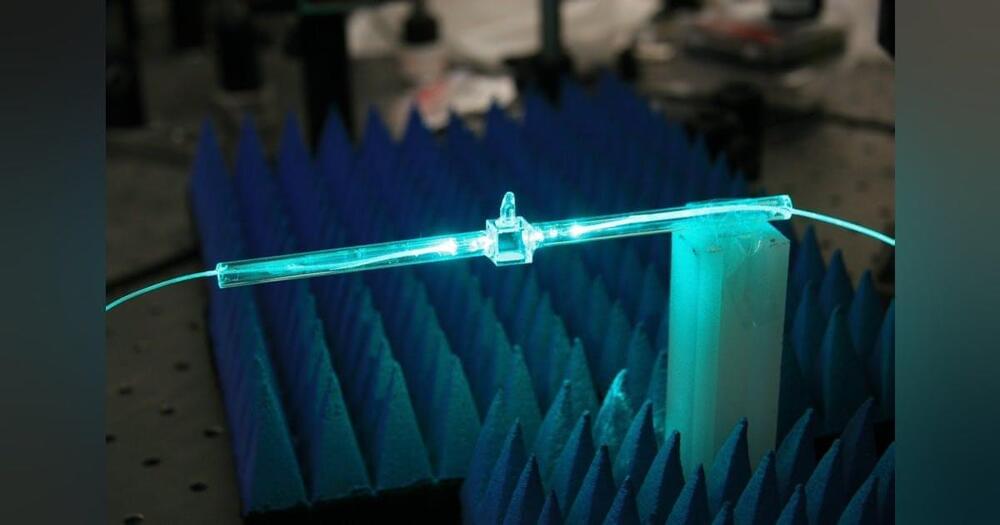
ARLINGTON, Va. – U.S. military researchers are approaching industry to enhance atomic vapor sensors for electric field sensing, imaging, communications, and quantum information science (QIS).
Officials of the U.S. Defense Advanced research Projects Agency (DARPA) in Arlington, Va., have issued a broad agency announcement (HR001124S0031) for the Enhancing Quantum Sensor Technologies with Rydberg Atoms (EQSTRA) program.
EQSTRA seeks to enhance the performance, capabilities, and maturity of atomic vapor sensors for future compact, calibration-free, small, and lightweight devices with low drift, and quantum-limited accuracy and sensitivity.

A new study confirmed that a 3500-year-old Mycenaean suit of armor was combat-ready, as evidenced by tests with Greek Marines enduring a rigorous combat simulation, highlighting its significant role in Mycenaean military prowess.
A study recently published in the open-access journal PLOS ONE reveals that a famous Mycenaean suit of armor was designed for extended combat, not just for ceremonial purposes. The research, conducted by Andreas Flouris and colleagues at the University of Thessaly in Greece, supports its use in active warfare.
One of the oldest known suits of European armor is a 3500-year-old suit found near the village of Dendra, a few kilometers away from ancient Mycenae. Since its discovery in 1960, it has been unclear if this was a ceremonial suit or if it was suitable for battle. This question has important implications for understanding warfare in Late Bronze Age Europe, but no historical accounts describe the use of this style of armor. In this study, researchers combine historical and experimental evidence to investigate the combat suitability of the Dendra armor.
When placed at the tip of a turbine blade, the c-shaped “winglet” inspired by the condor reduces drag, potentially increasing the turbine’s efficiency by up to 10% in optimal conditions, according to a study published in the journal Energy.
The wings of soaring birds have also been adapted for use in commercial and military aircraft around the world to increase their lift, says co-author Brian Fleck, a professor of mechanical engineering and expert in fluid dynamics.
“We used to have airplanes with straight wings,” says Fleck. “Now we see them with the tips curled up, and there’s a reason for that.”